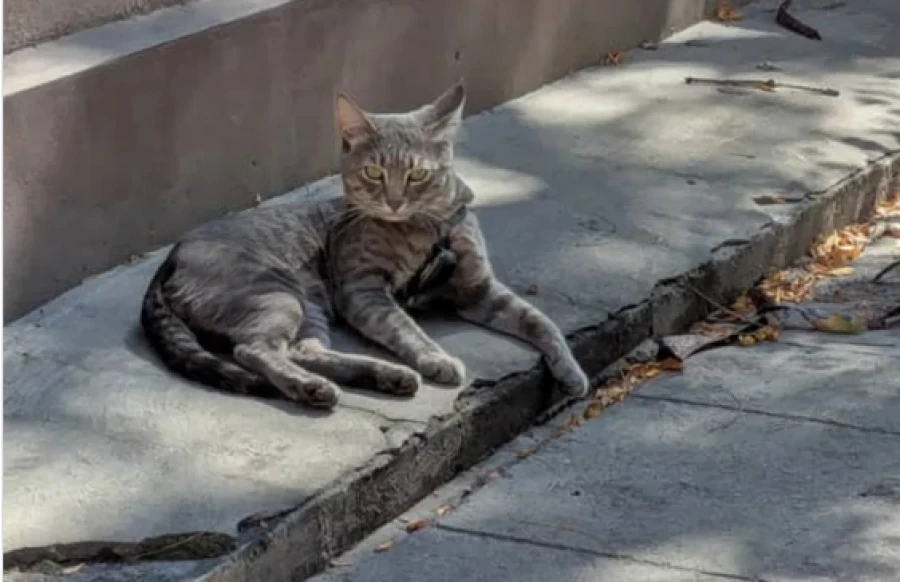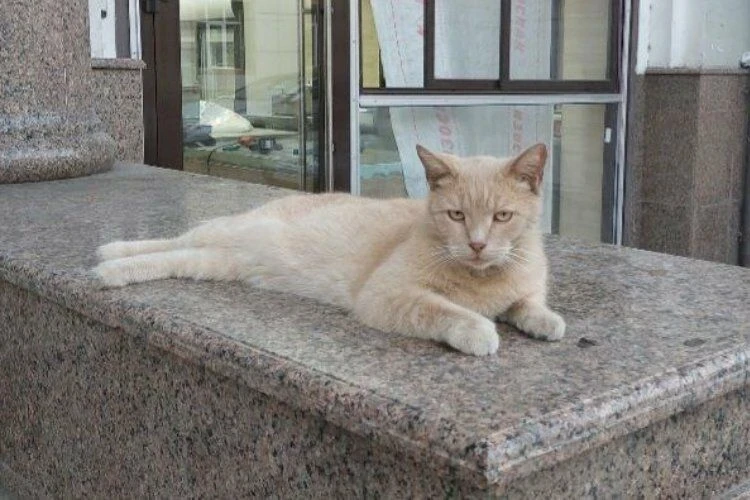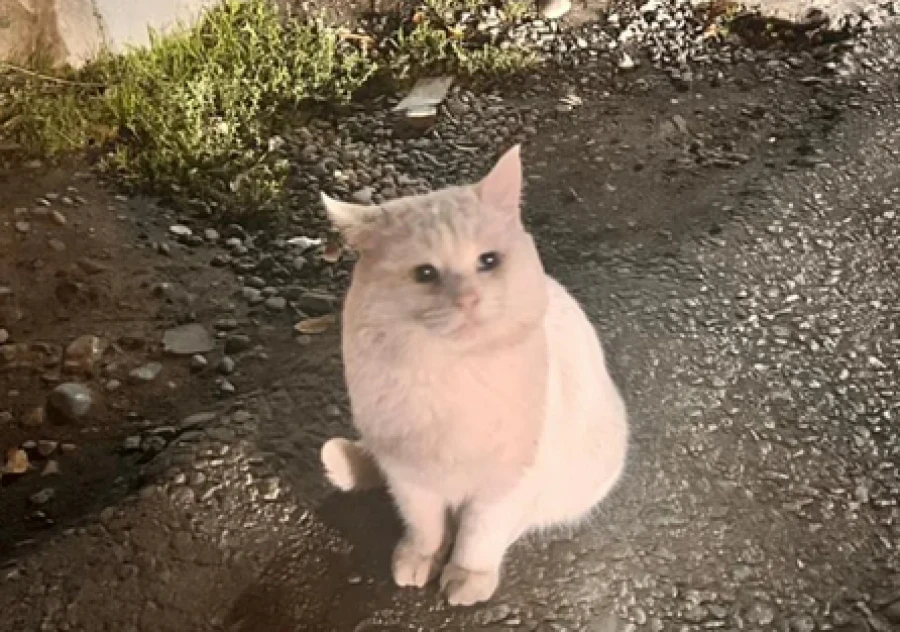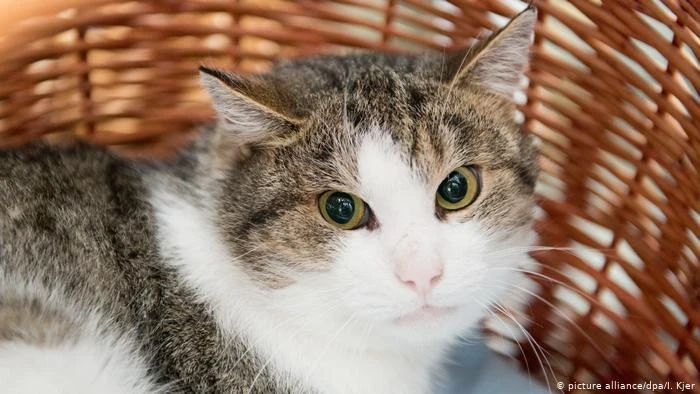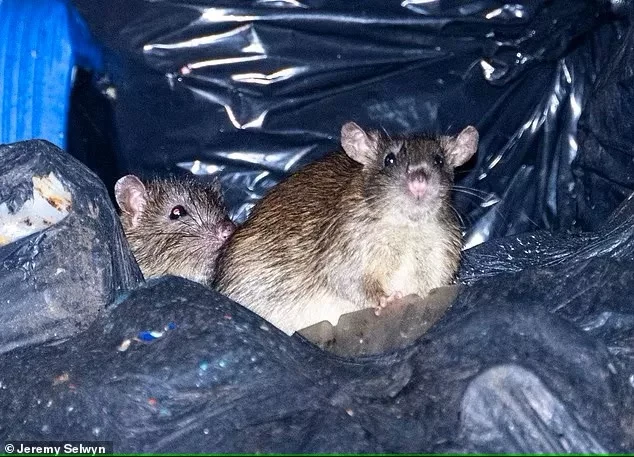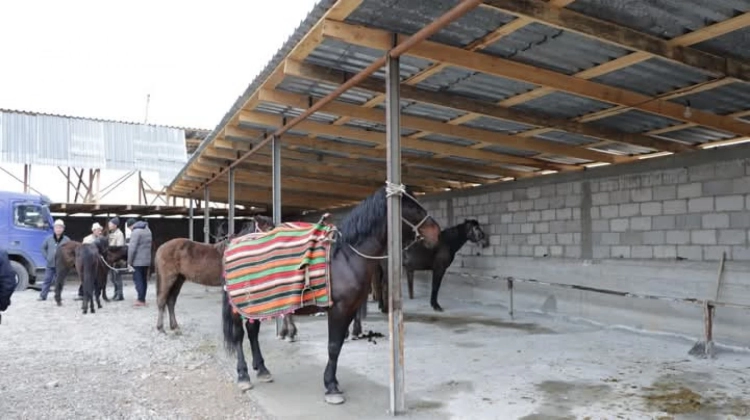The authors of the petition were outraged that cats were being viewed as dangerous animals, despite the fact that they typically do not form packs and do not pose a threat; on the contrary, they help combat the rat population in the city.
Bishkek's Vice Mayor Ramiz Aliyev denied these rumors, stating: "This is fake. There will be no culling of cats."
According to him, the misunderstanding arose from a misinterpretation of item 20 of the rules for keeping pets, adopted in 2002. This item states that animals that bite people may be euthanized after a 10-day observation period by a veterinarian (to check for rabies), while captured animals can be euthanized after three days.
Aliyev added that this is not about new cruel measures but rather the first attempt in two decades to humanize outdated regulations.
"We plan to create shelters or temporary holding facilities where captured animals will stay for three days in hopes of finding their owners or placing them in new families, instead of being euthanized immediately. Currently, culling is only carried out upon requests from kindergartens, schools, or in areas where there have been cases of attacks on people," he explained.
Additionally, the vice mayor reported that plans include mandatory registration and vaccination of pets, the creation of walking areas, and a ban on dog fighting.
Reasons for the Increase in the Number of Stray Animals
The city hall identified several key factors contributing to the growth of the stray animal population."In new residential areas, people often abandon their pets when they have too many offspring, and the animals head to the city center in search of food. Additionally, there is a pet market at the Osh market where animals are often left if they are not sold," said Ramiz Aliyev.
Regarding the creation of a shelter, the city hall is ready to allocate a plot of land, awaiting a project from animal rights activists that meets all sanitary standards.
Unsuccessful Experience in Creating a Shelter
The city has had negative experiences in this area before. In 2021, the city hall allocated land for a shelter in the "Farma-34" area, but the project failed."After a few months, the work stopped, and the dogs were left unattended. This experience makes us more cautious in choosing partners for building a shelter," noted the vice mayor.
One of the possible locations for the new shelter is the area near the city landfill. Previously, animal rights activists rejected this site, but now the city hall assures that it will be cleaner due to the construction of a factory and the planting of trees. The final decision on allocating the plot will be made after a quality project is presented by community members.
Opinions of Volunteers and Animal Rights Activists
The measures proposed by the authorities, including the creation of temporary holding facilities, have drawn criticism from animal rights activists.Volunteer Renata Yakupova, who is involved in animal rescue, expressed doubts about the effectiveness of such an approach. "The charter of 'Tazalyk' from 2017 clearly states the possibility of 'culling, capturing dogs and cats.' If this is not applied in practice, why was it included?" Renata questions.
"Also, the 20th item of the draft rules does not specify methods for euthanizing animals. Euthanasia is not provided for in Kyrgyzstan, and the culling of pets is not regulated by any laws," she noted.
Yakupova emphasizes that the new rules do not address the problem comprehensively but only eliminate the consequences. "Keeping animals in a holding facility for three or ten days is inhumane and ineffective," she explains. "Animals experience significant stress, which reduces their chances of adoption. Furthermore, there is always a risk that a lost pet will end up in the holding facility, and its owners simply won't be able to find it in time."
Animal rights activists also express concern about the lack of an effective veterinary oversight system. "The problem is that the veterinary service is not fulfilling its functions," notes Renata. "Previously, home visits were conducted, and animals were registered and vaccinated against rabies. This is no longer happening."
Without an established veterinary service, all new rules will remain just on paper.As the main alternative, animal rights activists propose mass sterilization of both stray and domestic animals. "Sterilization should be the first step in any population control program. Cats should remain on the streets, as they help manage the rat population. Dogs, especially vaccinated and sterilized ones, control the influx of wild animals into the city. Isolation and extermination of animals will disrupt the fragile ecosystem," says a volunteer, citing the example of Kazakhstan.
In Almaty, there was a practice of capturing stray animals, and now there is an increase in the population of rats and even foxes.Educating the public about responsible pet ownership is also an important direction, according to animal rights activists, as human irresponsibility is the main cause of the emergence of stray animals.
People must recognize their responsibility for those they have domesticated. You cannot just throw a dog or cat out onto the street when it becomes inconvenient.“A government program for sterilization is necessary, along with an effective veterinary oversight system for accounting and fines for irresponsible owners, as well as real education for people from childhood,” believes Yakupova.

